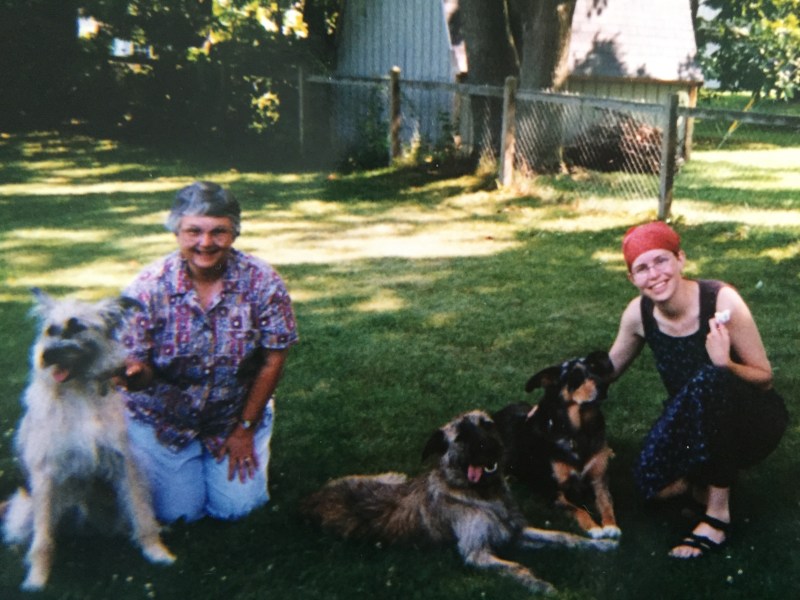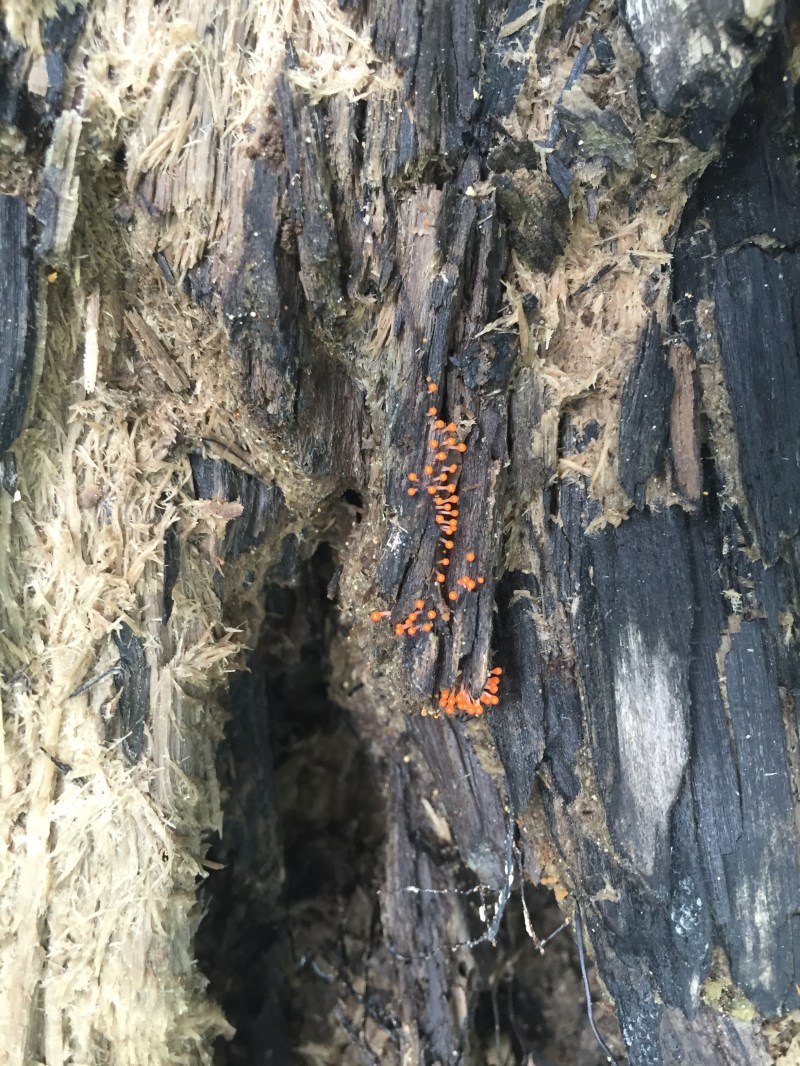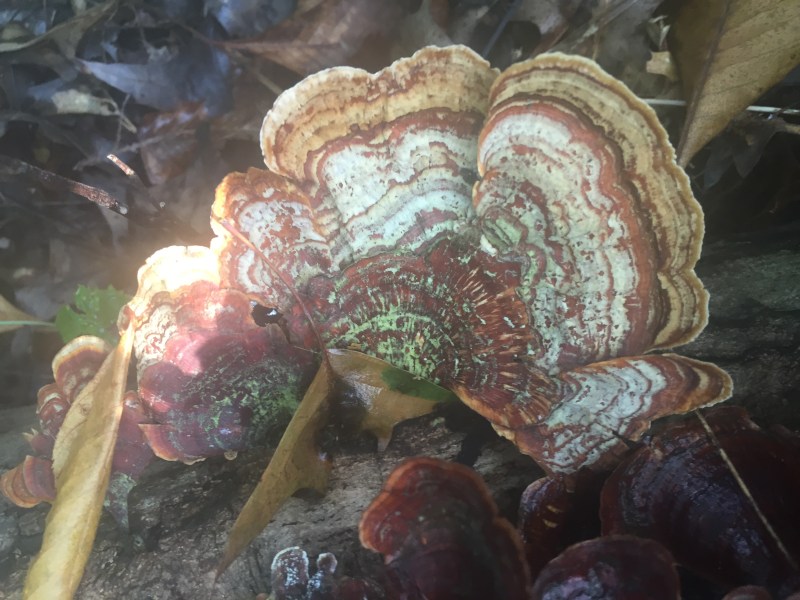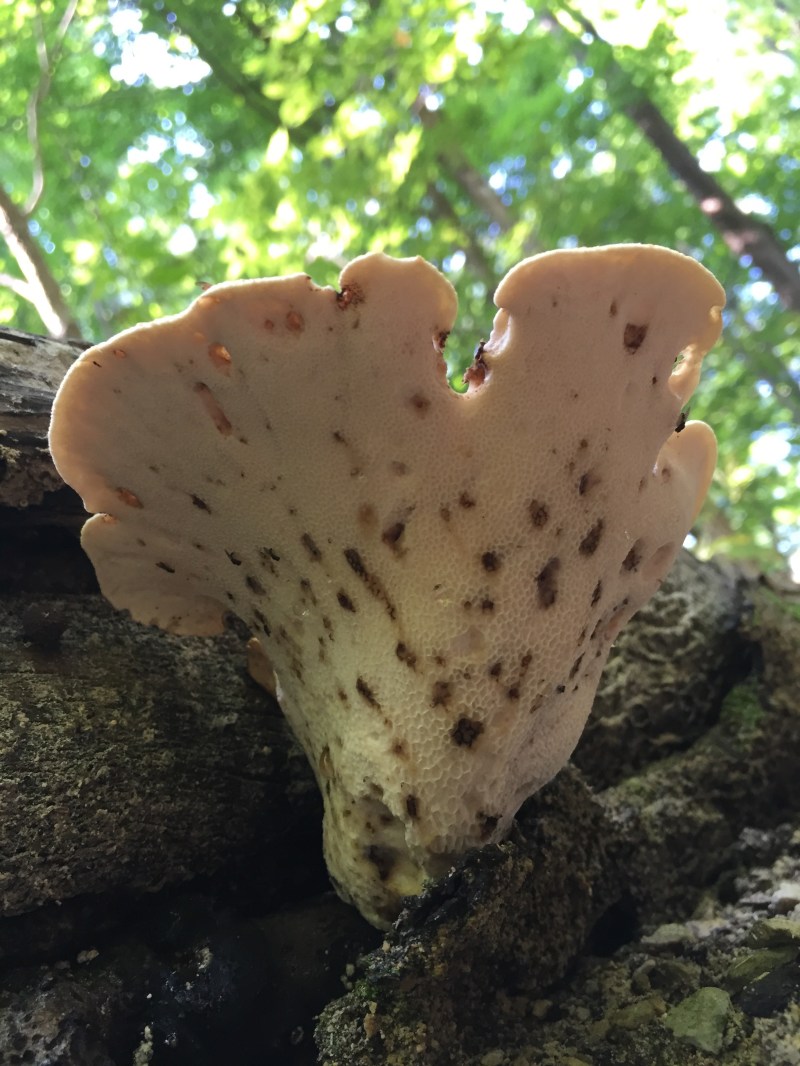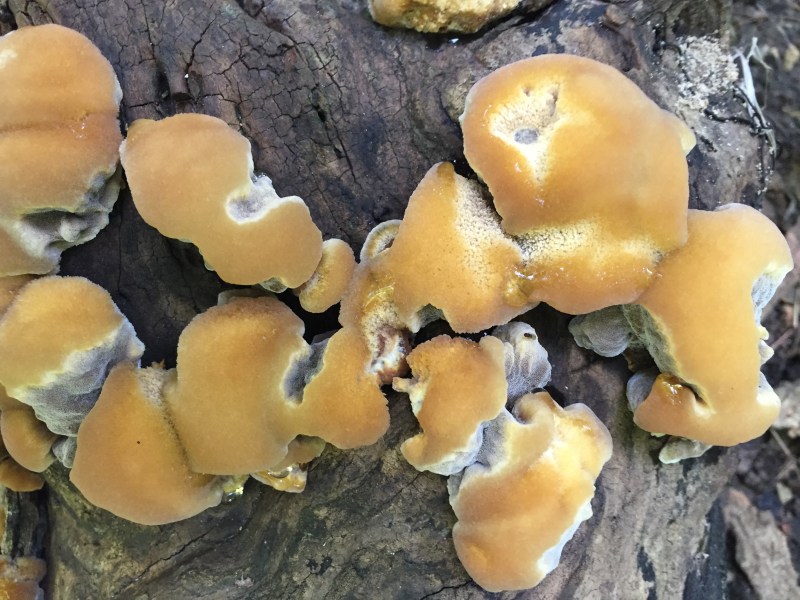
By Karen Elizabeth Land — originally published in “The Great Falls Tribune” and “The Kansas City Tribune,” July 2010.
The small wooden treasure chest stored in my childhood closet holds a collection of fossilized sea animals that could be as old as 250 million years old. Whenever I’m home, I pull the heavy box from the shelf dumping the contents across my bedspread to find my favorites. My first few years out of high school, I was crazy about crinoids. I spent my days off of jobs at the local veterinary hospital and hardware store traipsing the shallow streams of southern Indiana with my dog, Kirby, searching for the columns of round “buttons.”
I know very little about fossils. But when I stumbled across my first crinoid while on a hike, I was drawn to their perfection. The stems of crinoids have a dependable shape; I trained my eye to find the fossilized discs interlocked tightly together like a stack of coins.
My crinoid collection wouldn’t wow the scholars. I have never found an entire specimen in 3-D relief. My treasure chest is full of bits and pieces – mostly chunks from the stems of individual crinoids. According to Crinoids and Blastoids by Susan H. Gray, ancient crinoids looked like flowers with roots, stems, and petals, but were actually sea animals that moved and gathered food. Thousands of different varieties of crinoids are now extinct, but several hundred still exist today. Modern crinoids, rarely seen by humans, are known as sea lillies and feather stars. All crinoids belong to the echinoderm group which includes modern animals such as sand dollars, sea stars, and sea urchins.
Indiana is a hot bed for spectactular crinoid finds. “The first crinoid calyx collected from the Crawfordsville, Indiana area was by 9-year old Horace Hovey in 1842, who was collecting ‘encrinites’ along the banks of Sugar Creek to sell,” www.fossilmuseum.net explains (and shows photographs of magnificently-preserved assemblages). When I pick a tiny fossilized stem from the siltstone, I can’t wait to get it home to show someone, anyone. I can just imagine young Horace’s excitement when he struck crinoid gold.
Crinoids became my specific obsession because they are one of the most commonly found fossils in the world. You can find crinoids everywhere – along roads, creeks, farmland, and mountainsides in many different states. The July 1953 addition of the Journal of Paleontology states, “thirty-two species of crinoids, distributed among 22 genera, are recognized in the Lodgepole (Mississippian, Kinderhookian) fauna of Montana.” This included the Little Belt Mountains, Big Snowy Mountains, and Tobacco Root Mountains.
Everytime my dog and I made the roadtrip to the dense forests of southern Indiana, I’d bring home at least a few fossils. We’d spend the day walking the watersheds, picnicing in the shade, and lounging in the grass, dozing off in the mid-day sun to the sounds of a rippling stream. My little treasure chest of fossils brings those memories rushing back. Fossils aren’t just about appreciating the vast and elaborate history leading up to “ME.” Searching for fossils is the perfect way to enjoy the present. Going on an outdoor adventure always puts me back into the place I need to be – the here and now.
